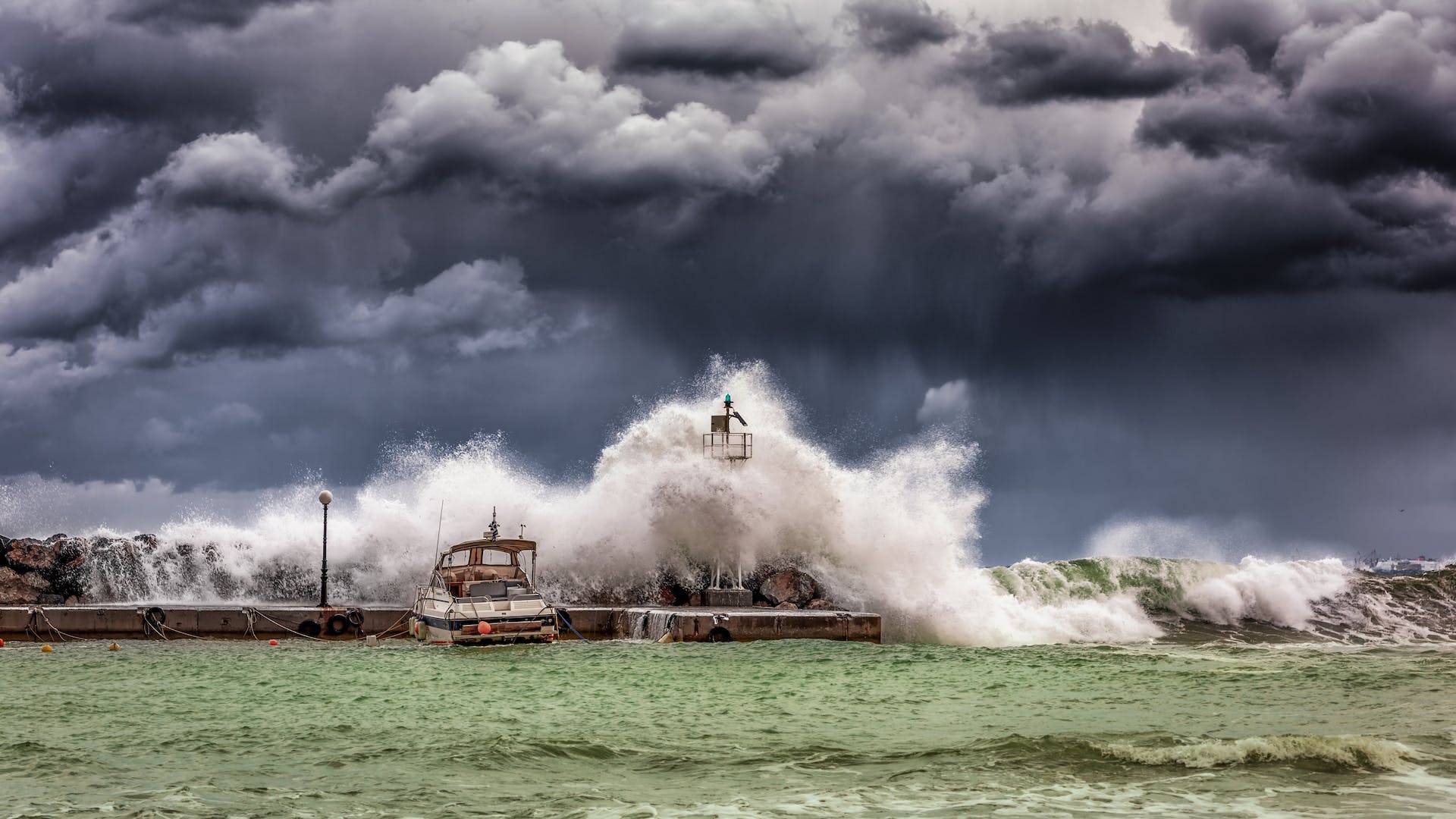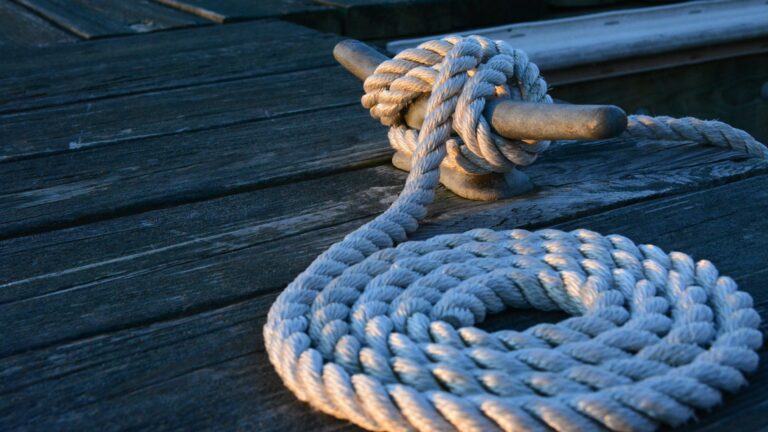What Is The Perfect Sailing Wind?
The Perfect Sailing Wind
Sailing can be an incredibly enjoyable experience, and having the right wind conditions can make all the difference for a perfect day out on the water. Ideally, the best sailing wind is between 5 and 12 knots – or 9 and 22 kilometres per hour – to ensure safe, comfortable, and enjoyable sailing experience for everyone onboard.
In this article, we will explore why this range is considered to be the perfect wind for sailing, along with its effects on mainsail and jib, as well as heading upwind or downwind, using a spinnaker, sailing in light winds or strong winds – ultimately helping you to make the most out of your time on the water!
Why 5-12 Knots is the Perfect Sailing Wind
The 5-12 knot range of wind speed is considered ideal for sailing because it provides enough power to move a sailboat efficiently while still being manageable enough to not be dangerous or uncomfortable for the crew onboard.
At this range of wind speed, sailors have more control over their vessel because they can easily make small adjustments with their sails and rigging to keep their boat moving at its maximum potential without being overpowered by strong gusts of winds which can cause boats to become unstable or uncontrollable in some cases.
Additionally, when there is too little wind (less than 5 knots) it can be difficult to move a sailboat at all as there is not enough power coming from the sails themselves to do so effectively without other means such as an engine or motor being used.
Benefits Of Sailing In The 5-12 Knot Range
The benefits of sailing in this optimal range are vast, from increased safety due to more control over your vessel when maneuvering around obstacles or other vessels on the water, improved performance due to better balance between speed and power, more comfortable rides due to less buffeting from gusts of wind, extended cruising time due to greater efficiency over long distances, easier tacking upwind or jibing downwind, and an overall more enjoyable experience for everyone onboard!
Effect Of Wind Speed on Mainsail & Jib
When sailing in this optimal range, sailors have more control over their mainsail and jib which allows them to fine tune their sail trim for maximum efficiency depending on their desired course and speed. In lighter winds (below 5 knots) it can be difficult for sailors to get enough power from their sails alone so they will need to make adjustments such as reefing (reducing sail area) or using a headsail (such as a jib) instead of just relying on their mainsail alone which would naturally create more drag because it is too large for those conditions.
On the other hand, higher winds above 12 knots require careful adjustments with both sails too avoid becoming overpowered which can cause loss of control over one’s boat as well as damage to both sails due to excessive strain put upon them by these stronger gusts of wind.
Heading Upwind & Downwind
When heading upwind (into the direction that the wind is blowing), boats will naturally slow down due to increased drag caused by having both sails set when travelling against any strong winds which could potentially cause issues if not managed carefully by sailors who must constantly adjust their sail trim accordingly so that they remain safe while achieving maximum efficiency at all times regardless of changing conditions on land or sea alike!
When heading downwind (with direction that wind is blowing), boats are able to move much faster compared upwind since they are travelling with direction that breeze naturally provides them, however care must still be taken when making any sudden changes course as gusts could potentially cause loss of control over one’s vessel if not managed properly by experienced sailors who know how adjust quickly but safely for any given situation!
The Importance Of Rigging & Sail Trim
Sailors must ensure that both rigging (mast position relative hull) and sail trim are correct before heading out onto open waters because incorrect settings could lead catastrophic results such as capsizing (flipping over) during high winds when too much pressure has been applied onto sails through poor rigging/trimming techniques which could also lead damage one’s vessel if not managed carefully!
Experienced sailors understand importance ensuring proper settings before setting off each time they go out regardless weather conditions land/sea alike – this knowledge comes practice over time combined with understanding what needs done order maintain safety at all times while achieving maximum efficiency during each trip!
Advantages Of Sailing With A Spinnaker
Spinnakers are large triangular shaped sails used primarily for downwind sailing, however they can also provide significant advantage when heading upwind too depending upon how rigged/trimmed correctly – providing extra power and stability depending upon conditions present at any given time which helps sailors reach desired destination quickly without having worry about losing control over one’s vessel during sudden changes course/direction caused by gusts/turbulence present during those times!
Additionally spinnakers help reduce strain placed upon primary sails during higher winds – thus reducing chances damage caused by excessive strain put upon them throughout duration each journey!
Sailing In Light Winds – What To Keep In Mind
When sailing in light winds below 5 knots it’s important remember few key points: firstly rig correctly so that you get most out your remaining ‘power’ otherwise you may find yourself struggling move forward even slightest breeze present, secondly use headsails such jibs instead relying solely mainsails alone increase efficiency while maintaining safety at all times – thirdly reef wisely depending upon strength current breeze avoid becoming overwhelmed sudden gusts turbulence arising throughout duration journey forth lastly keep close eye those instruments show real-time readings current weather conditions order spot potential dangers quickly easily while remaining prepared deal with them appropriately should arise!
Best Practices For Sailing In Strong Winds
When dealing with stronger gusts above 12 knots it’s important take extra precautions ensure safety everyone onboard – firstly reduce sail area using reefing techniques order decrease amount pressure placed upon primary sails secondly make sure rig correctly order avoid any unnecessary drag created mast position thirdly bear away slightly when making sudden changes course ensure boat remains balanced fourthly watch instruments closely order spot potential dangers arising from changing weather conditions fifthly keep close eye those nearby vessels ensure remain aware potential collisions occurring sixth lastly remain alert vigilant throughout entire journey order remain safe comfortable while enjoying perfect day out sea!
Conclusion
The perfect wind speed for sailing lies between 5 and 12 knots providing maximum performance while still being manageable enough not be overly dangerous uncomfortable crew onboard – however care must still taken when making adjustments both primary secondary sails order maintain balance between speed power even during sudden changes course/direction caused gust turbulence arising throughout duration journey forth!
Lastly never underestimate importance keeping close eye those instruments show real-time readings current weather conditions order spot potential dangers quickly easily while remaining prepared deal with them appropriately should arise enabling you make most out each every journey sea confidently comfortably safely enjoyably!







